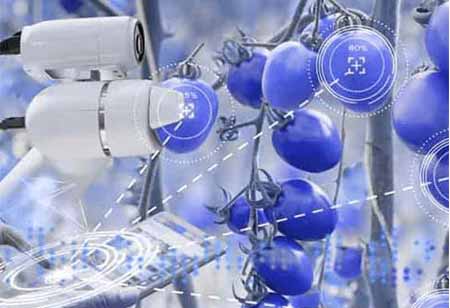Thank you for Subscribing to Agri Business Review Weekly Brief
The Food Paradox in the AgTech Industry
Even though farms and fields produce a lot of food, people continue to go hungry.

By
Agri Business Review | Sunday, July 03, 2022
Stay ahead of the industry with exclusive feature stories on the top companies, expert insights and the latest news delivered straight to your inbox. Subscribe today.
Farmers are gaining access to equipment that will help them better support themselves, decrease food waste, and produce plant-based goods.
FREMONT, CA: Even though farms and fields produce a lot of food, people continue to go hungry. The region contributes to over a quarter of global agricultural and fishery exports, including fruits and vegetables, salmon, maize, sugar, and coffee. The agricultural industry is critical for livelihoods, as it feeds the region's people. However, the number of undernourished persons in the area continues to rise year after year. People will suffer from hunger as a result of the COVID-19 pandemic.
Increase agricultural efficiency
There is more food available than is required to end hunger. That is for sure. A distribution system does not exist to provide that food to people who need it the most. Fortunately, agritech and food tech solutions are being developed to improve food distribution, increase agricultural efficiency, and avoid hunger. Entrepreneurs are assisting farmers in gaining access to equipment that will help them better support themselves, decrease food waste, and produce plant-based goods. These ideas address several aspects of the food production chain, from fields to plates.
Food waste is a major offender
More than a third of the food produced worldwide yearly is lost or squandered. With a better and improved distribution chain, that wasted food may be enough to feed everyone on the planet. The catch is that agritech and food tech solutions must emerge from within if we are to address malnutrition adequately.
Reduction of food wastage
Tools to help farmers enhance field production can help better utilize agricultural products. Employing drones and machine learning to map land fertility and installing software that illuminates plants throughout their growth stages when natural light is unavailable are examples of how innovation can reduce food waste.
Identify and detect pests
A related category in innovation aids in the reduction of food waste through insect control. Producers treat pests with fungicides, which pose health concerns to consumers and farmers. Furthermore, farmers typically notice problems too late, resulting in crop loss. New solutions give a platform for monitoring crops and collecting data to identify and detect pests in real-time.
Usage of plant-based products
Plant-based products that supply protein and nutrients environmentally sustainable manner are being sought after by businesses. Consumers benefit from developing alternative plant-based protein products that are nutrient-dense and ecologically sensitive. The food system is vast and complex and will not change overnight.





